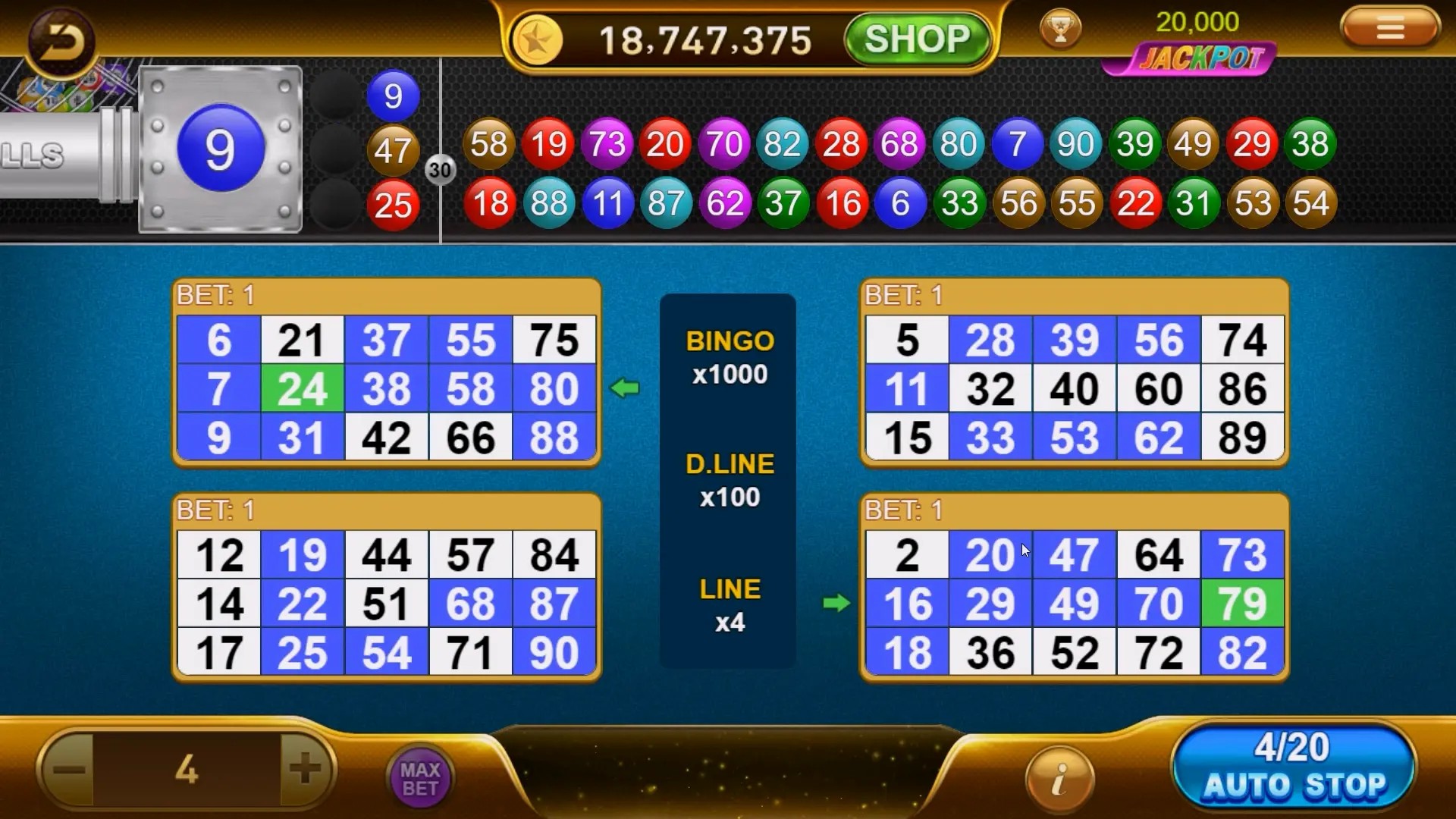Unlocking Creativity: How Building Games Enhance Learning through Educational Play
In today’s fast-evolving educational landscape, the integration of entertainment and learning has become more critical than ever. One of the most engaging platforms for this integration is building games. These games not only stimulate creativity but also provide a rich ground for educational play. In this article, we explore the myriad ways building games can enhance learning experiences, focusing on their various applications in educational contexts.
What Are Building Games?
Building games are a genre of video games that allow players to create, construct, and manipulate virtual environments. They often feature elements like resource management, planning, and creativity. Games such as Minecraft and Roblox exemplify this category, placing emphasis on player-driven creativity and collaboration. Through these platforms, players engage in constructing structures, developing plots, and exploring worlds that are limited only by their imaginations.
The Importance of Educational Play
Educational play has become a vital methodology in modern teaching strategies. It promotes exploration and creativity while enabling students to learn through hands-on experiences. Building games, in particular, provide unique, immersive environments where learning can thrive.
How Building Games Foster Creativity
- Encourages Imagination: Players create unique worlds that reflect their thoughts and designs.
- Problem Solving: Building games often present challenges, pushing players to think critically.
- Collaboration: Many building games encourage teamwork, which can enhance social skills and collective problem-solving.
Benefits of Using Building Games in Education
Integrating building games into educational settings can yield numerous benefits. For instance:
- Enhances Learning Retention: Interactive learning environments help in retaining information better than traditional methods.
- Multi-Sensory Learning: These games engage various senses, providing a richer learning experience.
- Customization: Lessons can be tailored to meet the specific needs of students through personalized game settings.
Best Free Building Games on Steam with Story
When considering building games, it’s crucial to highlight those that also offer compelling narratives. Here’s a table of some of the best free building games available on Steam that provide a story-driven experience:
| Game Title | Description |
|---|---|
| Project Zomboid | An open-world isometric zombie survival game, where players can build and fortify a safe house while exploring the narrative. |
| Unturned | A free-to-play sandbox game that allows players to build structures while surviving zombies, wrapped in an engaging storyline. |
| Space Engineers | A sandbox game where players can build and maintain space constructions, featuring story elements that add depth. |
16-Bit RPG Games and Their Educational Value
Among the wider spectrum of games, 16-bit RPG games have established their mark as educational tools too. These games often include storytelling, strategy, and critical thinking gameplay that can benefit students. Titles such as Chrono Trigger and Final Fantasy VI not only deliver engaging storylines but also challenge players to develop their problem-solving abilities through complex game mechanics.
Integrating Building Games in the Classroom
Educators can effectively utilize building games to create dynamic lesson plans. Here are some strategies:
- Project-Based Learning: Students can work in teams to create historical landmarks or science projects in-game, bringing a project-based approach to traditional topics.
- Creative Writing: Using game environments as backdrops, students can develop stories or scripts that coincide with their building, enhancing their writing skills.
- Mathematics and Geometry: Building and design can integrate mathematical concepts, allowing students to visualize geometry in real-time.
Challenges to Consider
While the potential of building games in educational contexts is vast, there are challenges:
- Access to Technology: Not all students may have access to the necessary technology to play building games.
- Guidance Required: Teachers need to provide adequate support to ensure students remain focused and on-task during gameplay.
The Future of Building Games in Education
As we look toward the future, the role of building games in education is likely to expand. With advancements in technology, we may see more sophisticated platforms that integrate virtual reality (VR) and augmented reality (AR), providing even richer learning environments. The intersection of gaming and education continues to evolve, promising new methods for engaging learners.
Conclusion
In conclusion, building games have remarkable potential to enhance learning through educational play. They inspire creativity, facilitate problem-solving, and engage multiple senses, all while providing a fun and interactive platform for students. As educators and learners embrace these innovative tools, we can expect a shift towards more engaging and effective educational methods. The future looks promising, and with the right approaches, building games can unlock the full creative potential within every learner.



